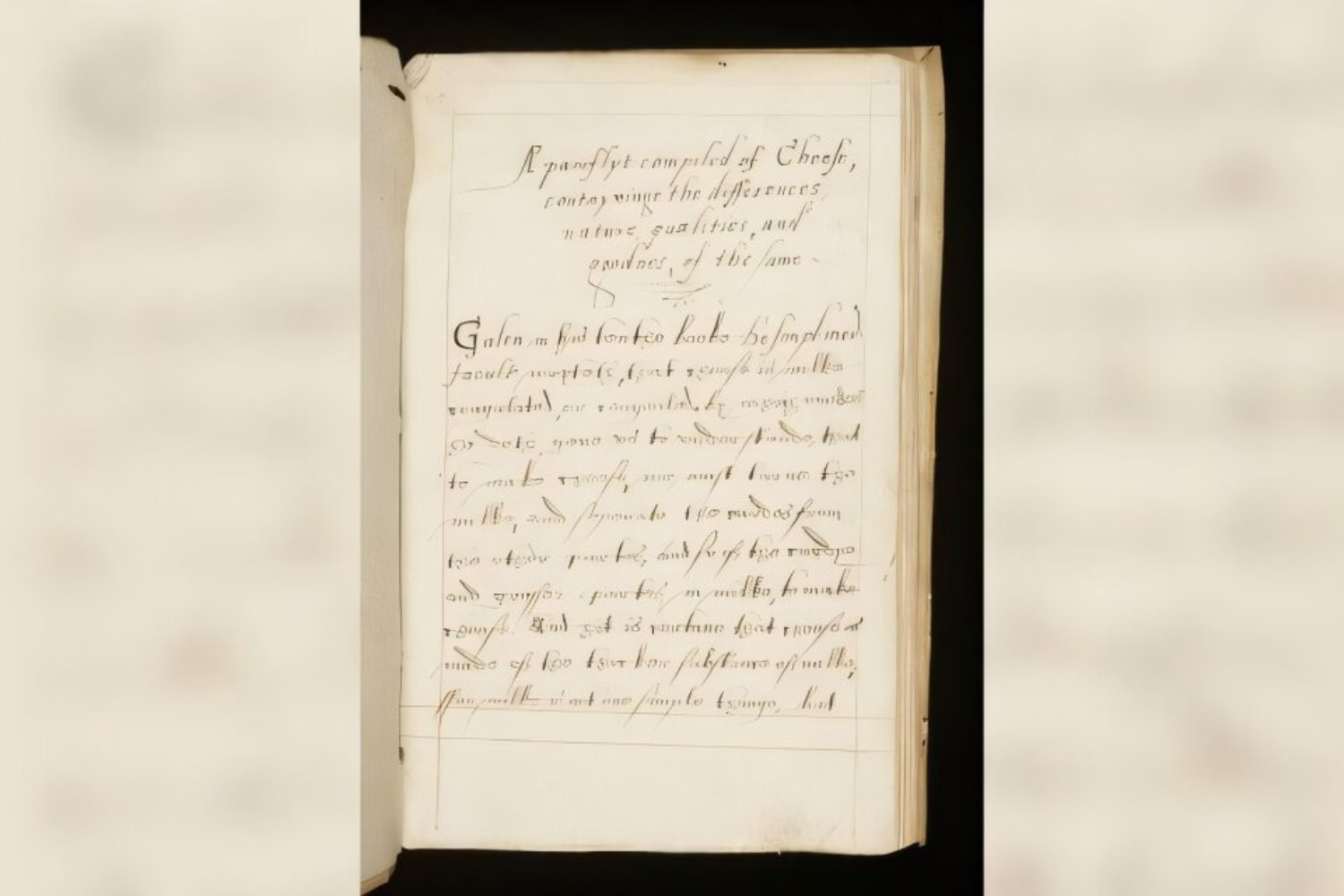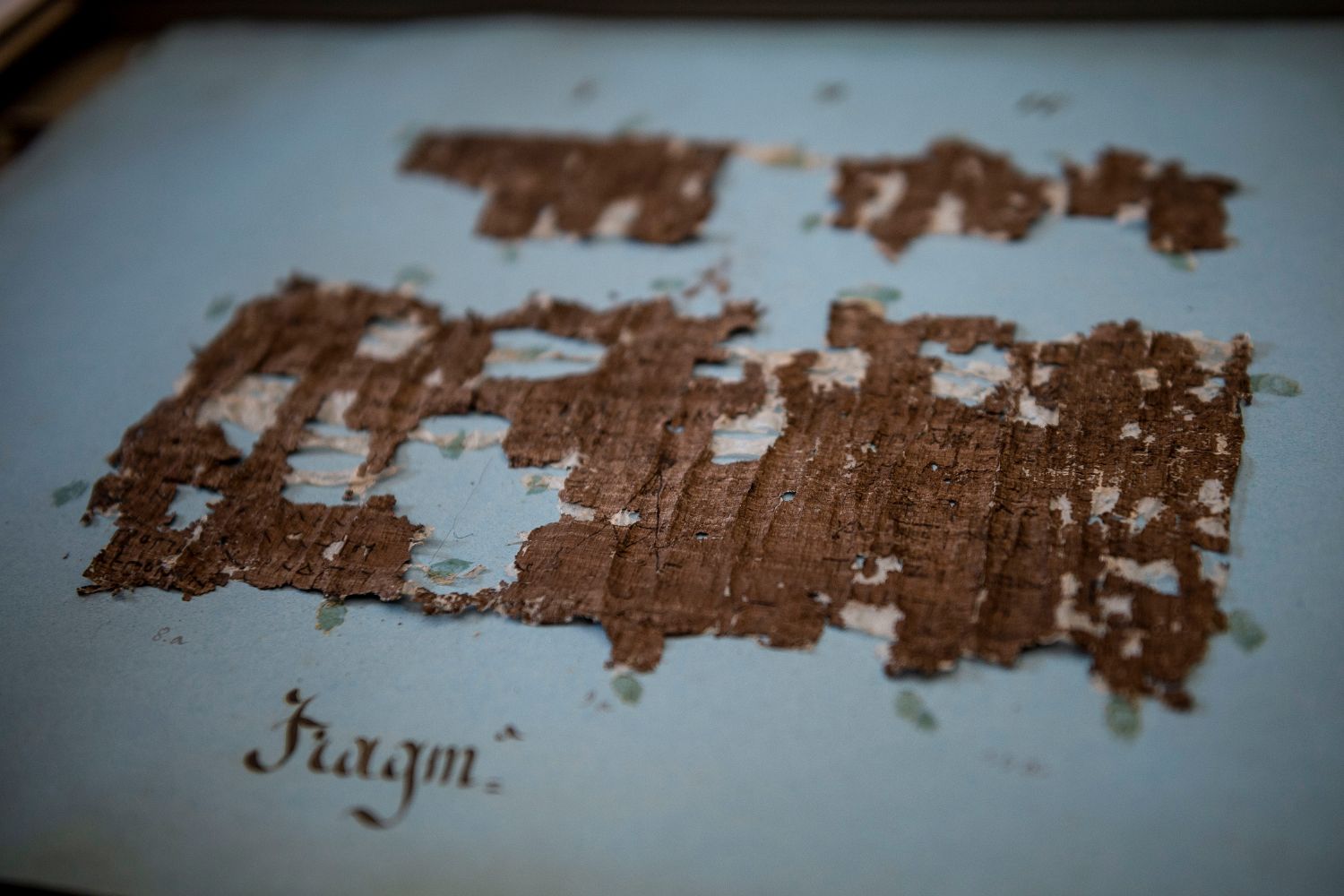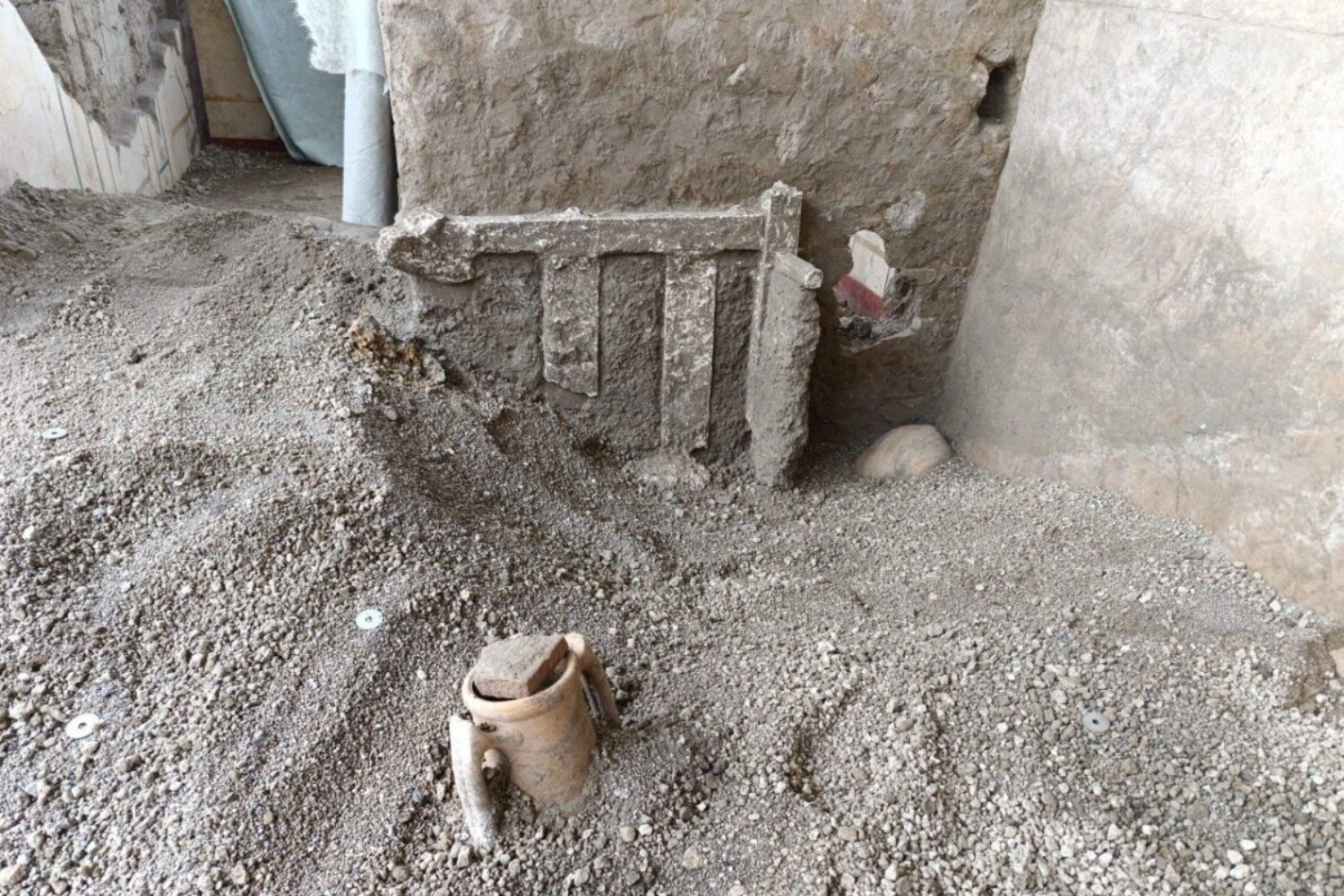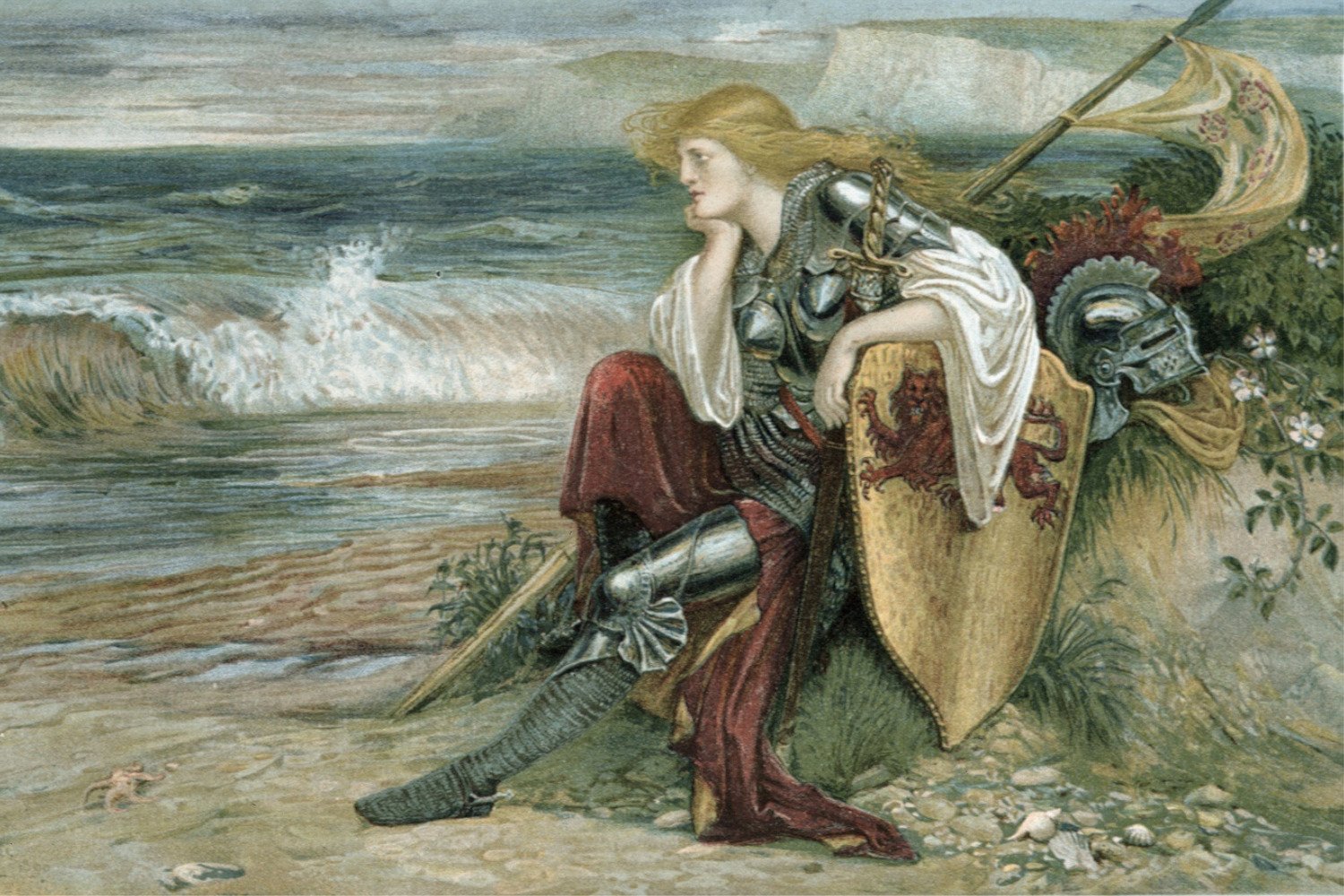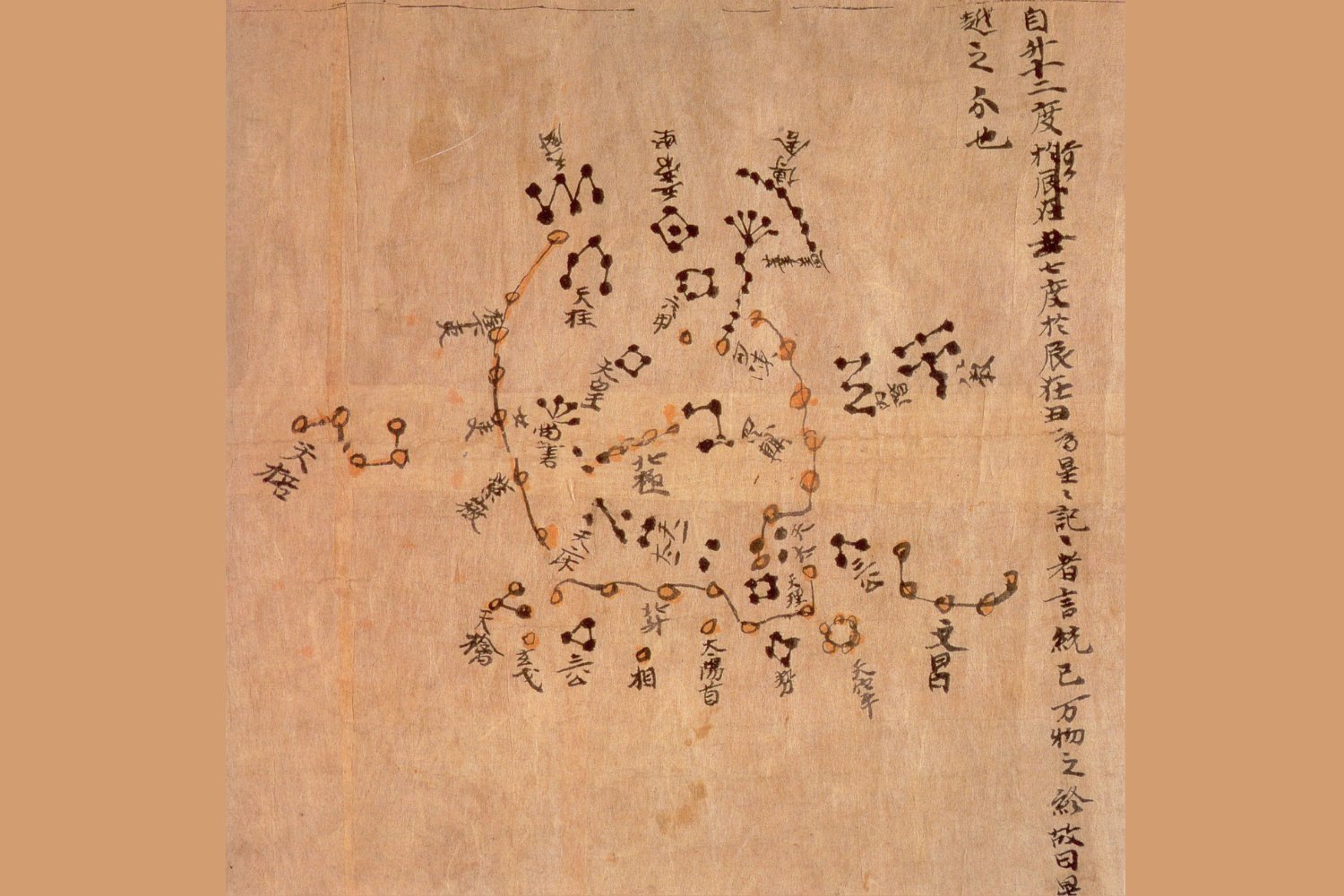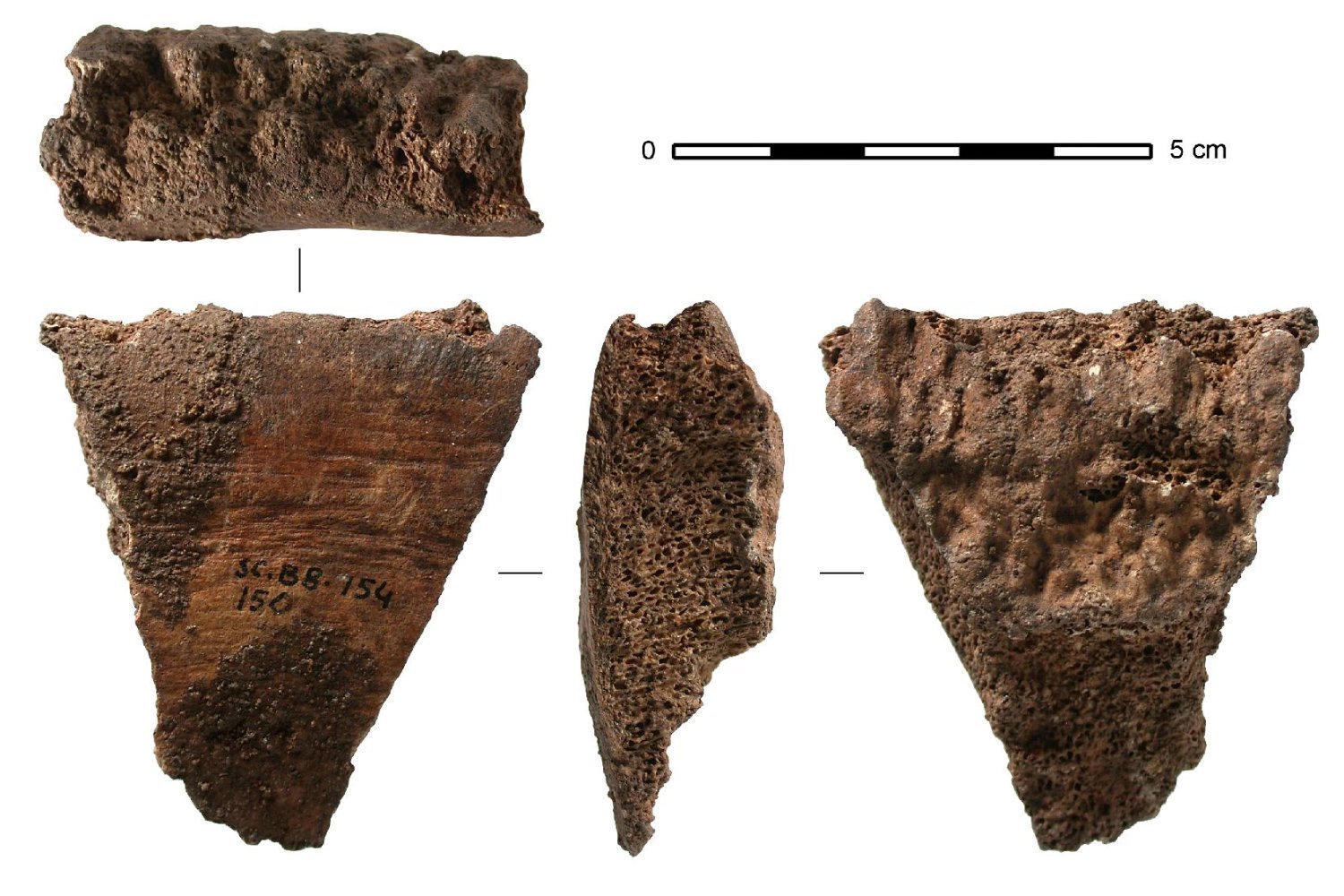The world of cheese is rich and diverse, a fact recognized as early as the 1580s in England. A recently transcribed manuscript, A pamflyt compiled of Cheese, contayninge the differences, nature, qualities, and goodnes, of the same, offers a fascinating glimpse into the cheese-loving world of the late 16th century. This 112-page text, the oldest known English book dedicated to cheese, unveils insights and advice for cheese enthusiasts of the time. Although unpublished and with its author remaining a mystery, the manuscript’s value was clearly recognized by its owners, including members of parliament and a royal physician.
This remarkable document demonstrates that cheese was highly regarded over 400 years ago. Author and food historian Peter Brears described it as potentially the first comprehensive English language study of a single food. Acquired by the University of Leeds at auction in 2023, the vellum-bound manuscript’s significance wasn’t fully appreciated until after its purchase. According to Brears, the Pamflyt demonstrates that various cheeses were being considered and studied from a dietary perspective.
Exploring the Pamflyt‘s Insights
The Pamflyt contains several intriguing observations about cheesemaking and consumption. For instance, it notes that milk from camels, donkeys, and horses can be used for cheese, but warns that cheese made from dog’s milk can induce premature birth in pregnant women. It also states that the author was unaware of anyone using human milk for cheese production. While the concept of “dairy intolerance” likely didn’t exist in the 16th century, the text acknowledges that cheese didn’t agree with everyone, according to Alex Bamji, associate professor of early modern history at the University of Leeds.
One passage advises: “He that will judge whether cheese be a convenyent foode for him, must consider the nature of the body, and the temperamente of the cheese and both considered he shalbe hable to judge whether he is like to take harme be cheese or not.”
Cheese Consumption and Dietary Practices
The manuscript also delves into the timing of cheese consumption, recommending it be eaten towards the end of a meal—a practice still common today. The Pamflyt states, “Cheese doth presse downe the meate to the botome of the stomake,” where digestion is believed to be most effective. It even discusses the implications of eating cheese on religious fasting days.
Cheesemaking Techniques and Manuscript Ownership
The Pamflyt offers glimpses into cheesemaking techniques, including using fish guts as a curdling agent and a method for making hard cheese still used today. Scholars have identified three of the manuscript’s owners: a physician to Queen Elizabeth I, a member of parliament who insisted on its return after perusal, and a member of another parliamentary family.
Unraveling the Mystery of the Author
The author’s identity remains a mystery. Brears suggests several potential candidates and hopes for further research, perhaps a dedicated Ph.D. study, to unravel the clues hidden within the handwriting, regional dialects, and place names mentioned in the manuscript.
A Valuable Piece of Culinary History
This 16th-century Pamflyt offers a unique and valuable insight into the history of cheese, showcasing its importance in early modern England. It reveals a surprisingly sophisticated understanding of cheese production, varieties, and dietary effects, providing a rich resource for food historians and cheese enthusiasts alike.



